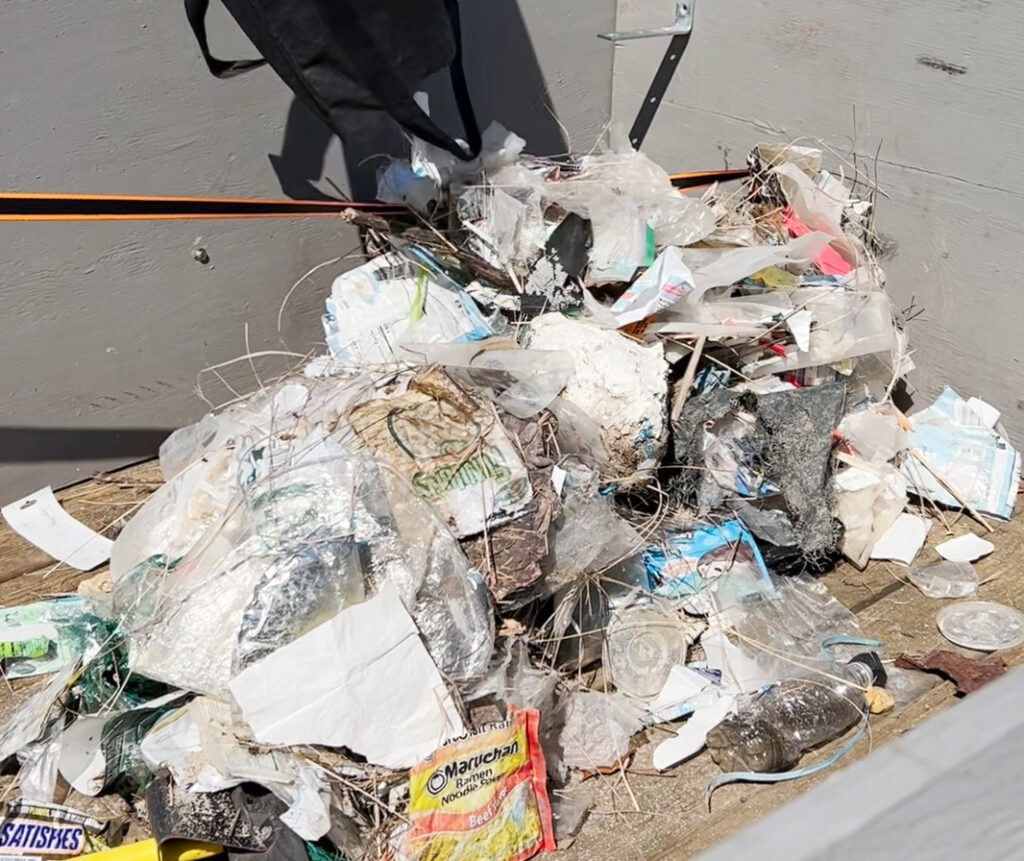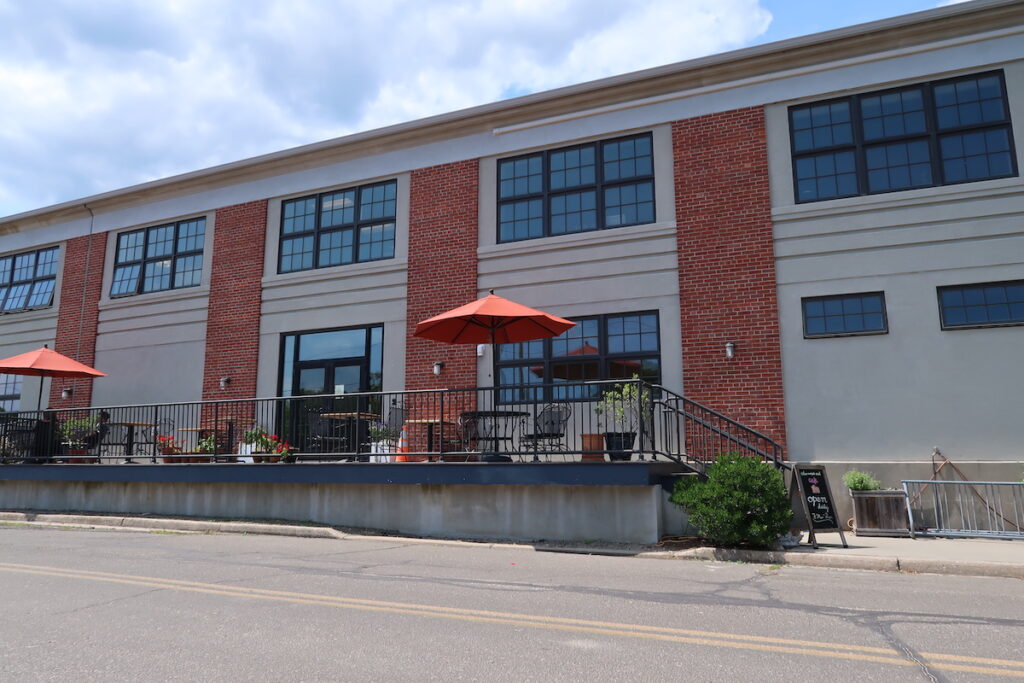Examination of Orient property as possible slave burial site turns up inconclusive

On the morning of Sept. 12, technology in the form of ground-penetrating radar arrived at a site on Narrow River Road in Orient that has long been believed to be the burial ground of people enslaved by the Tuthill family in the early 19th century.
After several hours going over the small plot of land, John Rayburn, a geologist and professor at the State University of New York at New Paltz, spoke in general terms to the small group of locals who gathered to watch him work. He would study his findings and issue a report in a few weeks, he said.
Everyone who attended that morning hoped Mr. Rayburn’s report would decide once and for all: Is this small tract of land the burial ground of Maria and Seth Tuthill and men and women whom they once enslaved? Or is that a local myth going back generations with no truth -— scientific or written — behind it?
Earlier this month, Mr. Rayburn delivered his report to the Oysterponds Historical Society, which owns the cemetery, and it does not answer either question. A reading of the report shows that the ground-penetrating radar did not definitively show this ground to be home to a number of burials.
“It was inconclusive,” said Robert Hanlon, president of the board of trustees of OHS. “Even before we did this, we knew we would need more information than this would give us. Whatever we got would have to be reviewed by an archaeologist. This report is pretty inconclusive. But it does raise the question of whether anyone is buried there at all, even the Tuthill graves.”
In his report, Mr. Rayburn wrote, “There is no direct evidence of any sort of casket or remains in the radar results; however, that is expected in burials of this age. Any non-metallic material that was buried has since mostly decomposed and would appear to the radar to be no different than the surrounding sediments.”
Mr. Rayburn wrote that, while the radar’s results were inconclusive, “I do believe that the graves of Maria and Seth Tuthill contain remains, although I am more certain of Maria’s grave than I am about Seth’s. I don’t see any pattern in the shallow reflectors that might indicate shallowly buried grave markers…”
In a phone interview Tuesday, Mr. Rayburn agreed his report does not give strong answers either way. “I don’t want to speculate beyond what’s in the report.” He added that “there is some evidence of disturbances [in the soil], but not throughout the site. The geology turned out to be more complex than I anticipated. An archaeologist might be better able to interpret this.”
Mr. Hanlon said OHS is now in the process of engaging an archaeologist who specializes in historic cemeteries to both review the report “and look at other evidence that is available and to make sense of what actually is there. We also have to look at documentary evidence — wills that might exist from that time period, plus land ownership records, deeds to the property, and any other form of the written record.”
He added, “I don’t know if we will ever have a definitive understanding of where slaves were buried. We also have noted we have seen no record so far of the Tuthills owning slaves.”
In the hamlet of Orient, the effort to study the gravesite — and potentially upset generations of oral history — has upset many who feel the cemetery should have been left alone and officially marked as the burial ground of the Tuthills and the people they enslaved.
Richard Leslie, who opposed OHS’s efforts at the site, said in a statement: “The history of Orient as handed down through many local families is that this was always a slave burying ground. Why OHS has doubted this is still a mystery. They have given no reason.
“The Rayburn report is inconclusive that there are multiple graves at this site. Rayburn himself told us that given the nature and age of the headstones, it is almost certain that the Tuthills are buried there. He even indicated he detected some slight positive indications in the area of the graves.
“We are not surprised at the inconclusive nature of the report. We have asked OHS about next steps in the investigation but so far they have not gotten back to us.”








